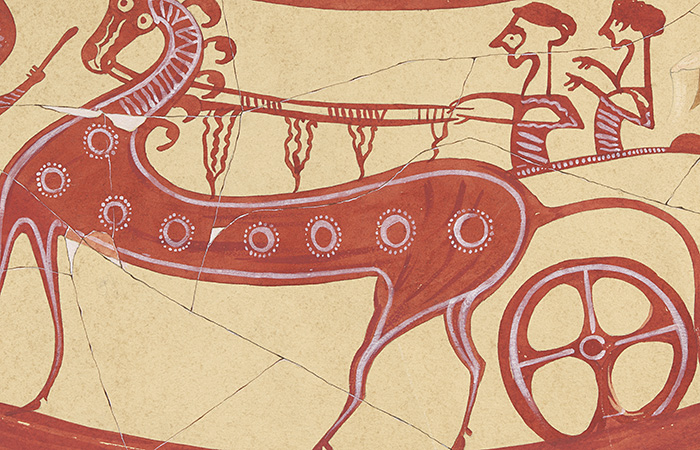

The image makes a clear differentiation between three people involved in different types of scribal activity. Let’s have a closer look at the different aspects of the picture. What is interesting about the cover art of The Mycenaean World is that it encapsulates a number of assumptions about how Mycenaean writing worked - some of which have stood the test of time and remain convincing 43 years after the book’s publication in 1976, while others have been revisited and rethought in more recent Mycenaean scholarship. Linear B tablet from Knossos, Crete, 15th C BC, now in the British Museum. So reconstructing Linear B writing practices is a jigsaw puzzle put together from the surviving documents and their physical properties, their spatial/temporal distribution and the archaeological context in which they were found. As I mentioned in another recent post, no accounts of the practice of writing survive, no depictions of scribes or the implements they used, no teaching texts. While we can reconstruct some aspects of Mycenaean life, however, the practice of writing itself is much harder to understand from the surviving evidence. They are almost entirely bureaucratic in nature, originating from large centralised complexes (“palaces”) and recording the personnel and commodities that the central administration wanted to keep tabs on. Dating from the 15th to the end of the 13th C BC, the archives of clay documents written in Linear B are the earliest surviving records written in the Greek language.

The book The Mycenaean World was published in 1976 and intended as an accessible description of what we know about life in the Mycenaean palaces based on the Linear B documents deciphered and read in the 1950s by Michael Ventris (in collaboration with John Chadwick). Here is the original painting by Henry Hankey, made especially for John Chadwick’s book: Far from a just-for-fun exercise, this actually has some helpful practical applications in making us question what Mycenaean scribes did at work, and how Linear B archives functioned. Happy International Lego Classicism Day to all our friends and colleagues! In celebration this year, I have been working on something special: a re-imagining of the cover art from John Chadwick’s The Mycenaean World book, in a 3D Lego model.


 0 kommentar(er)
0 kommentar(er)
